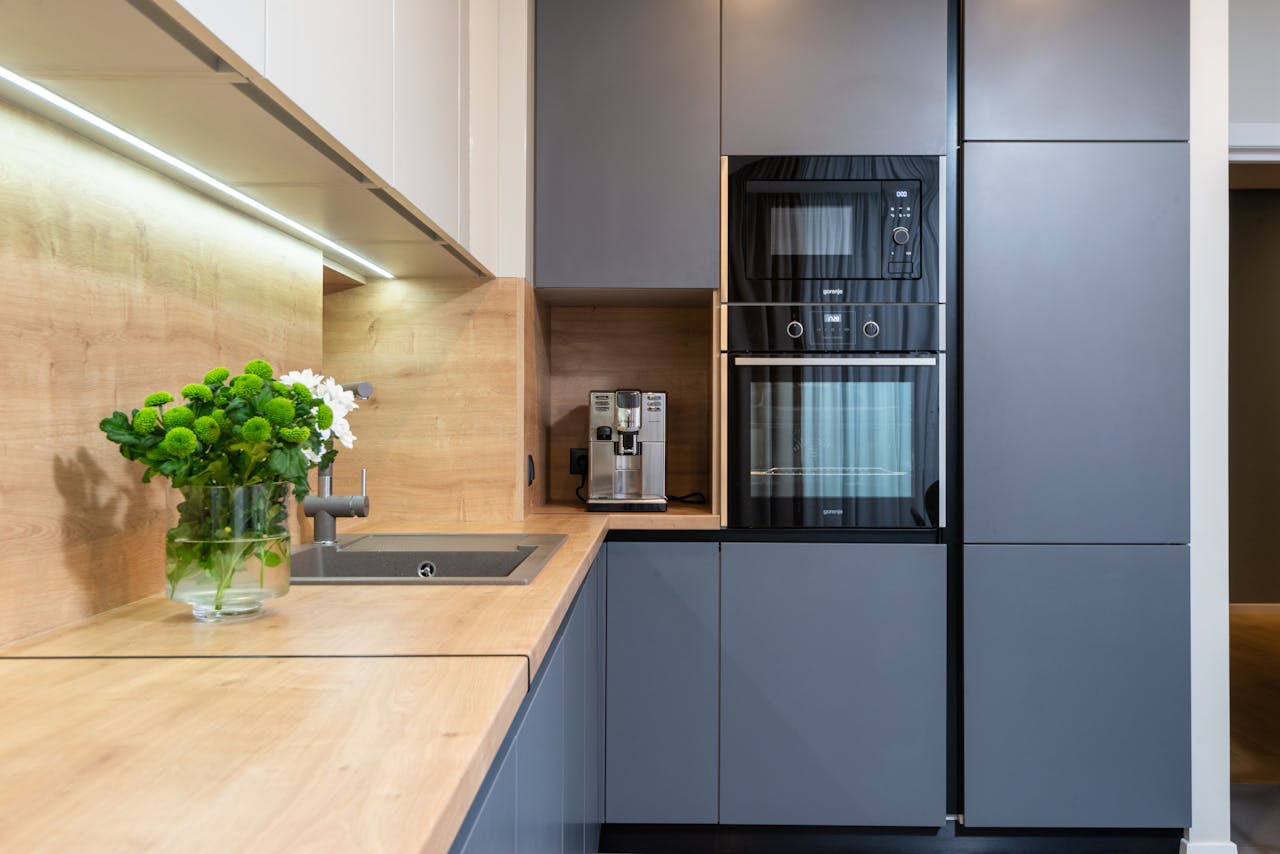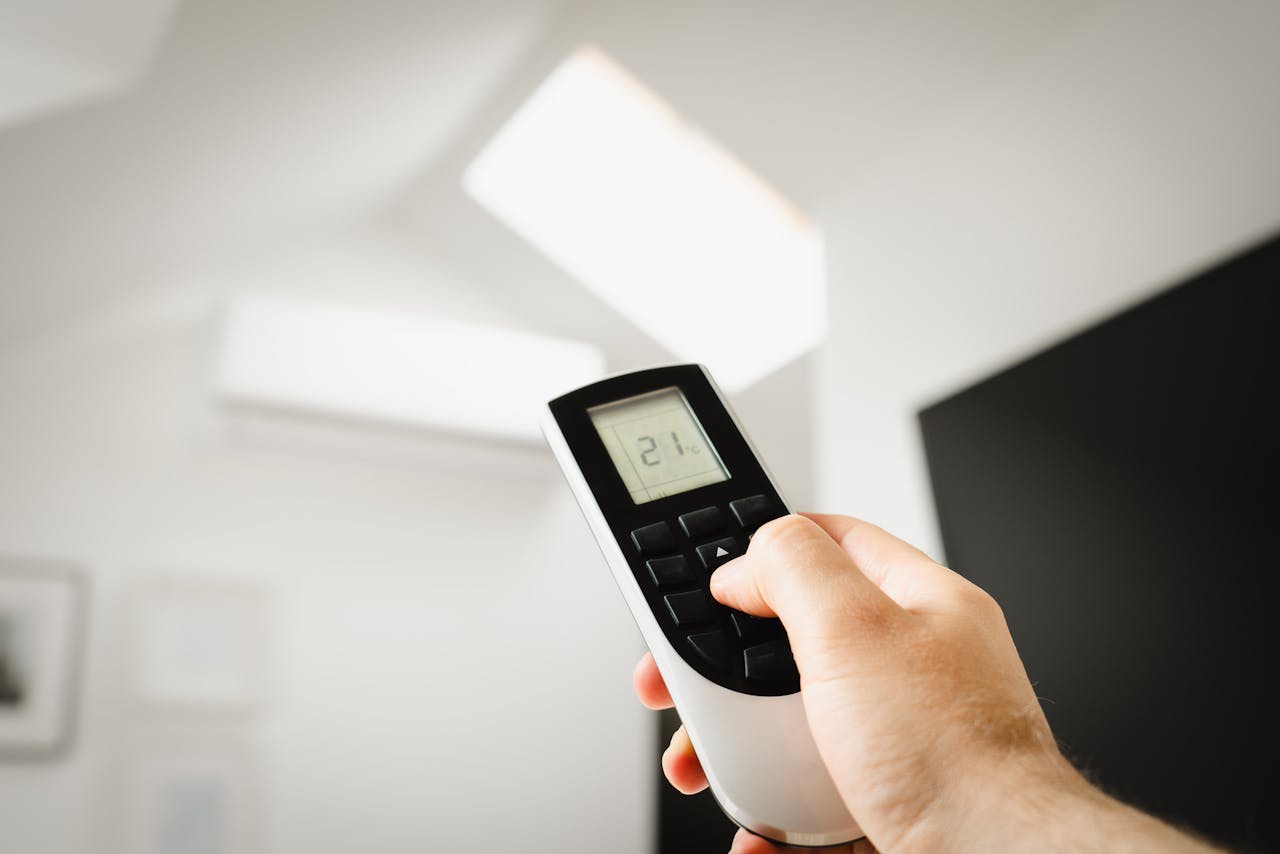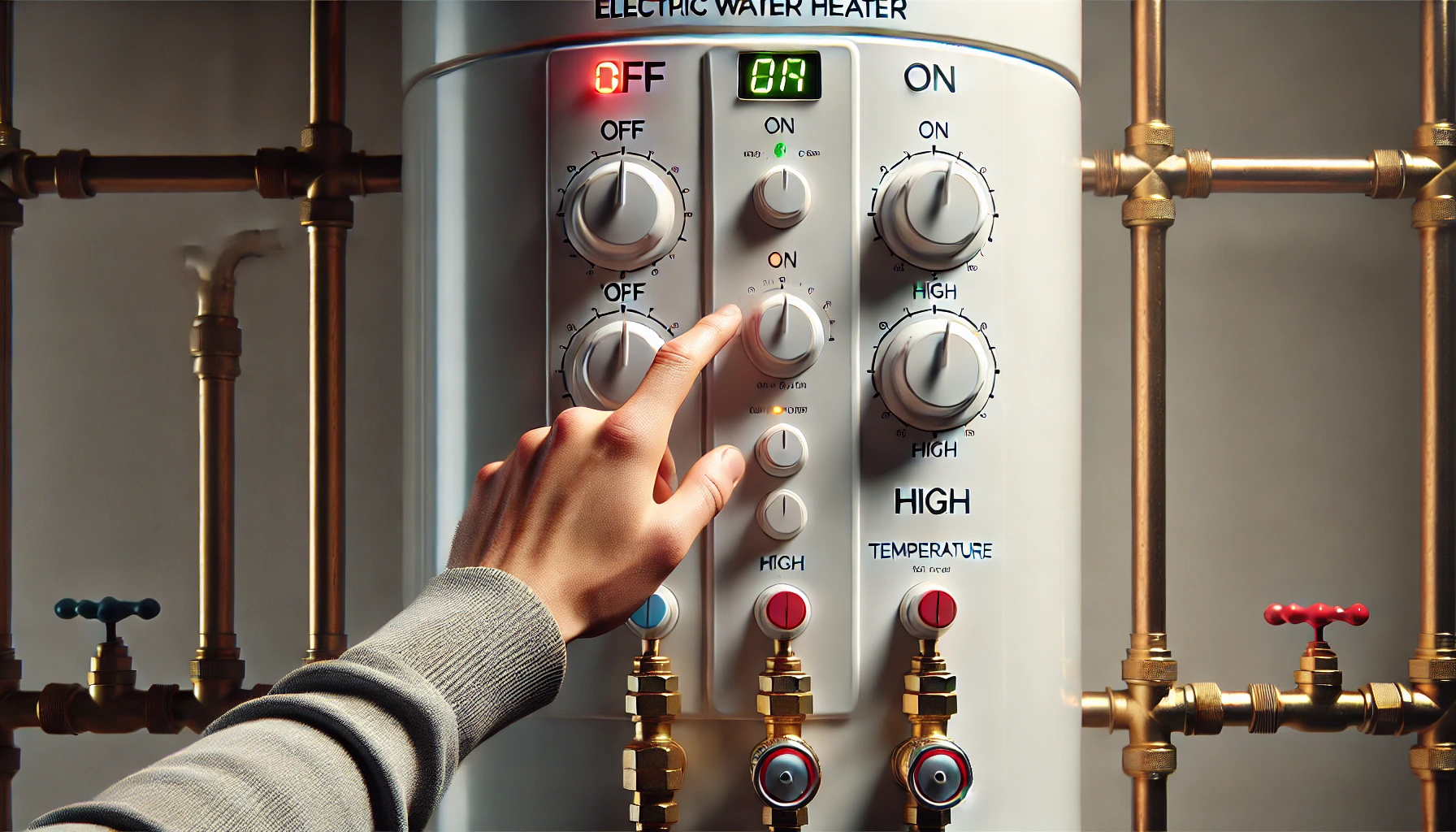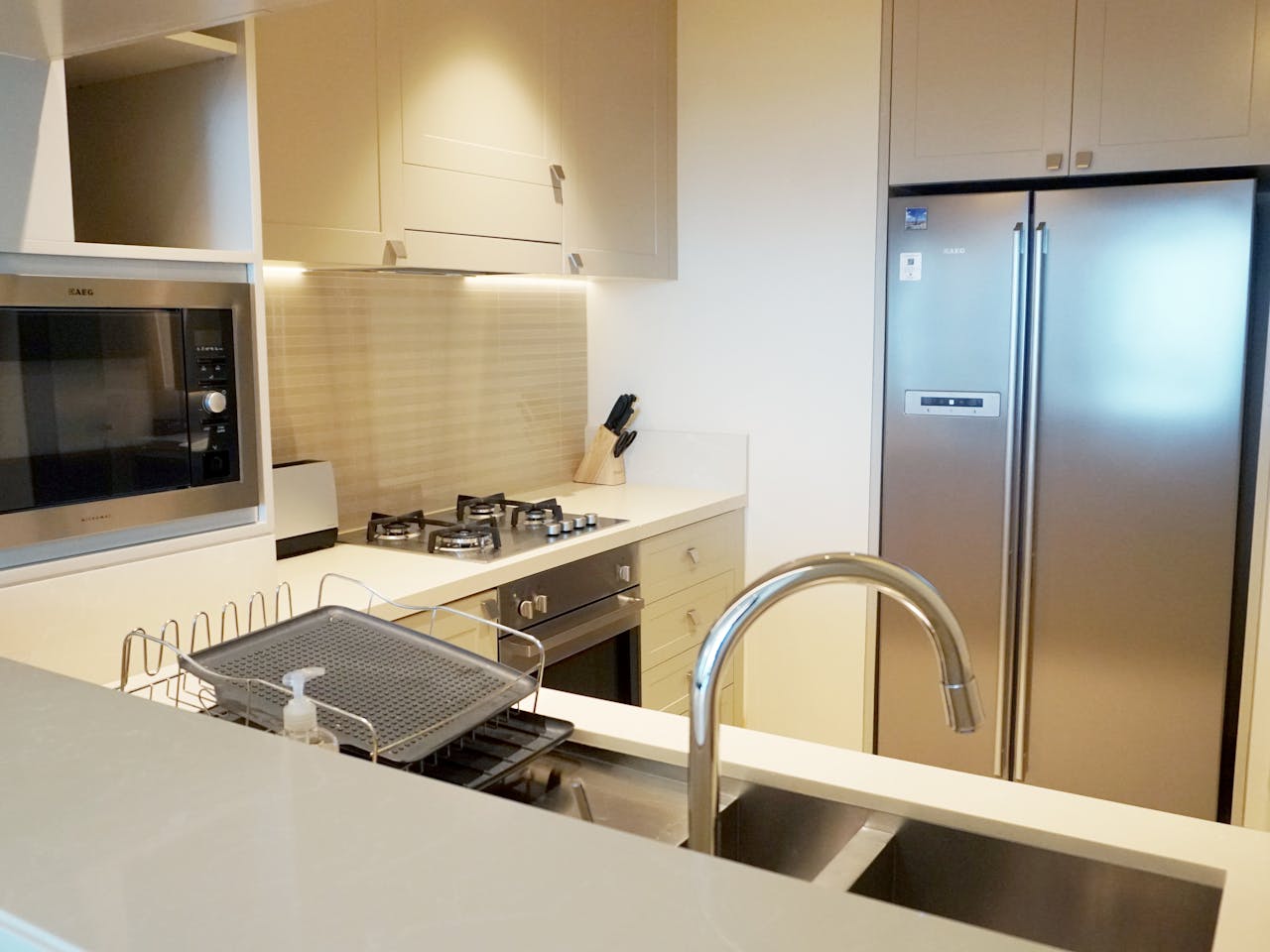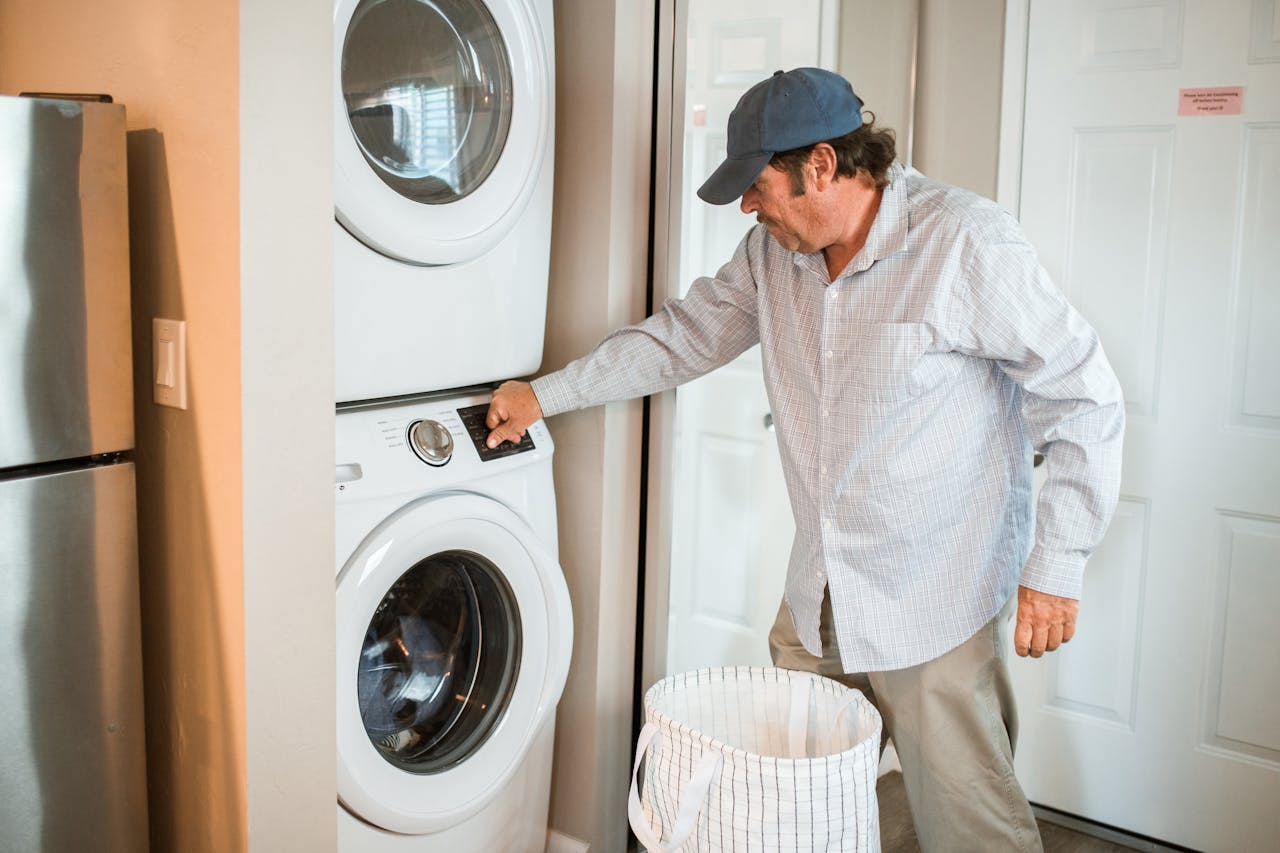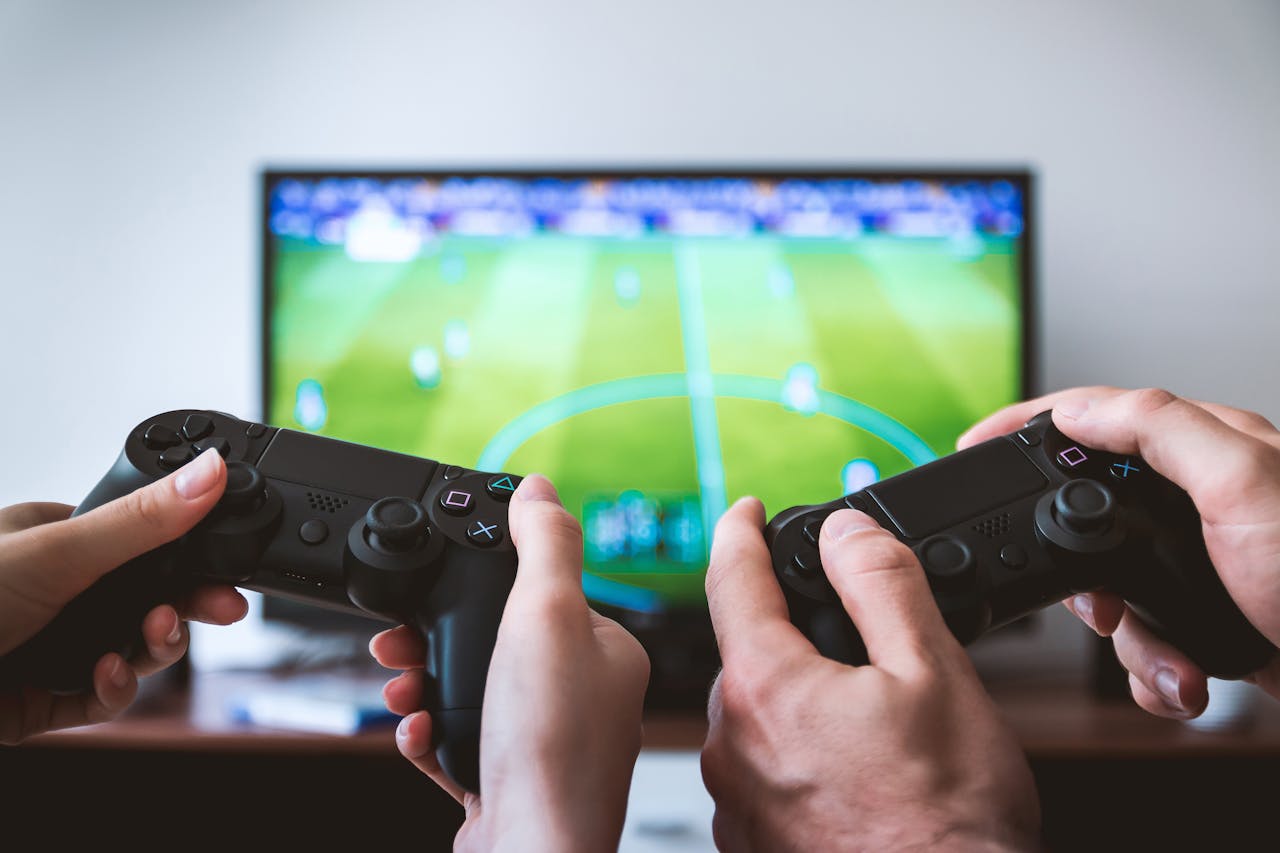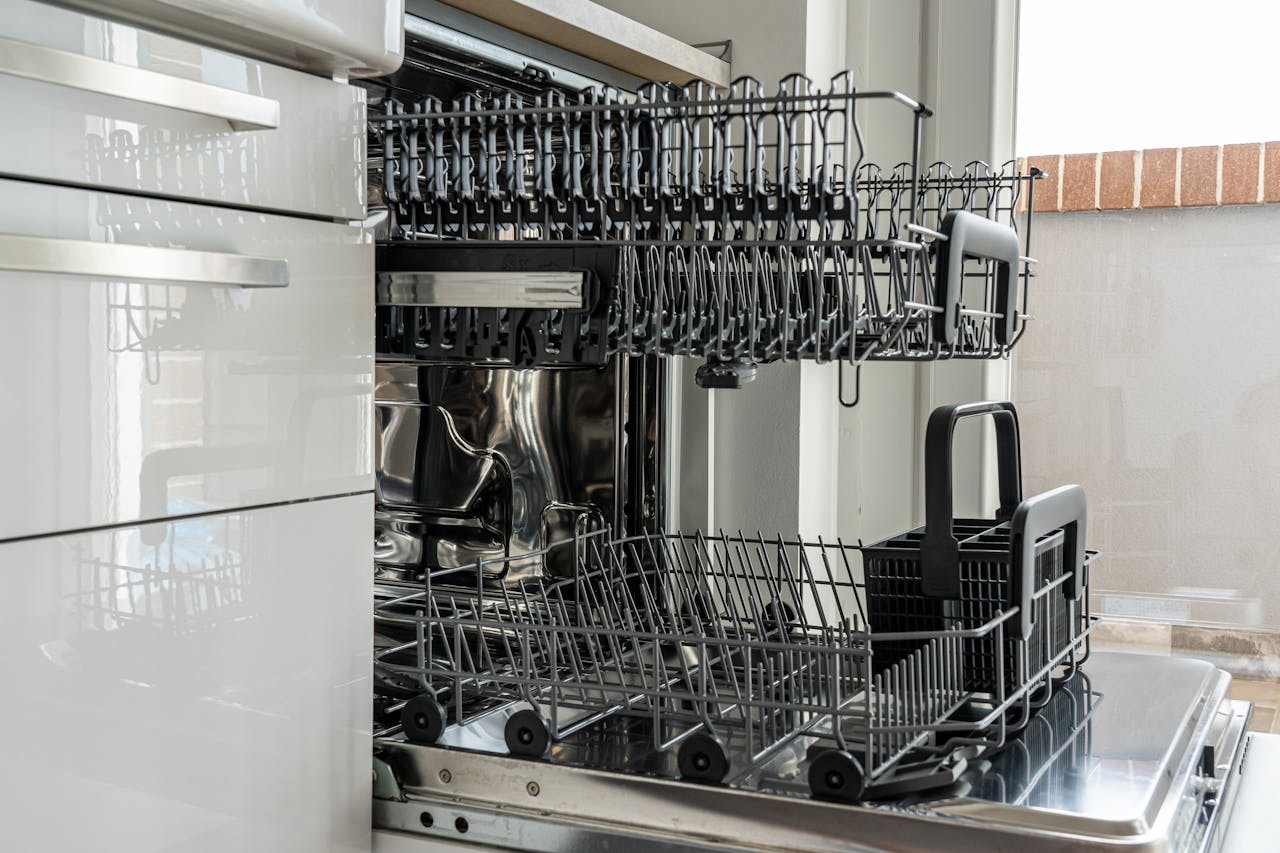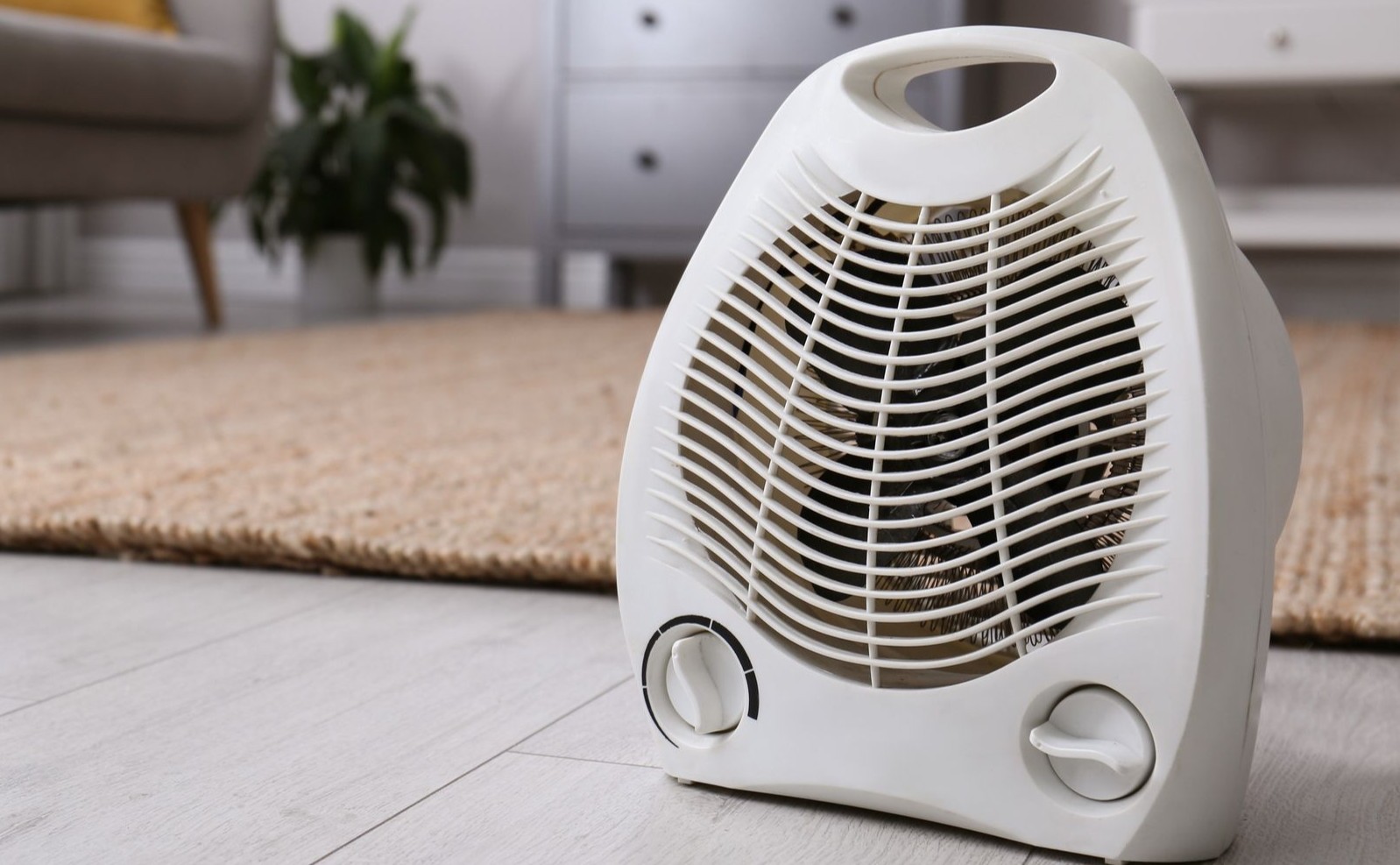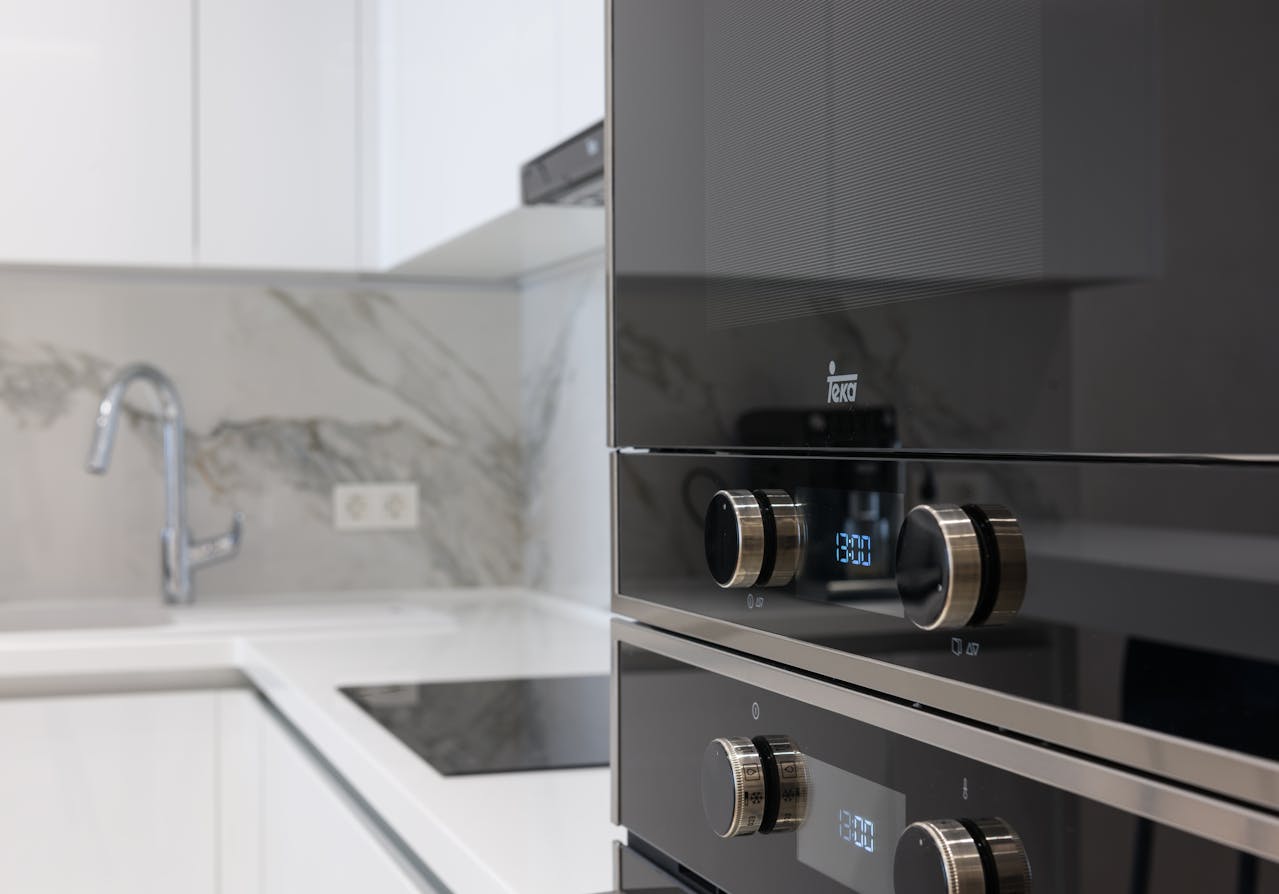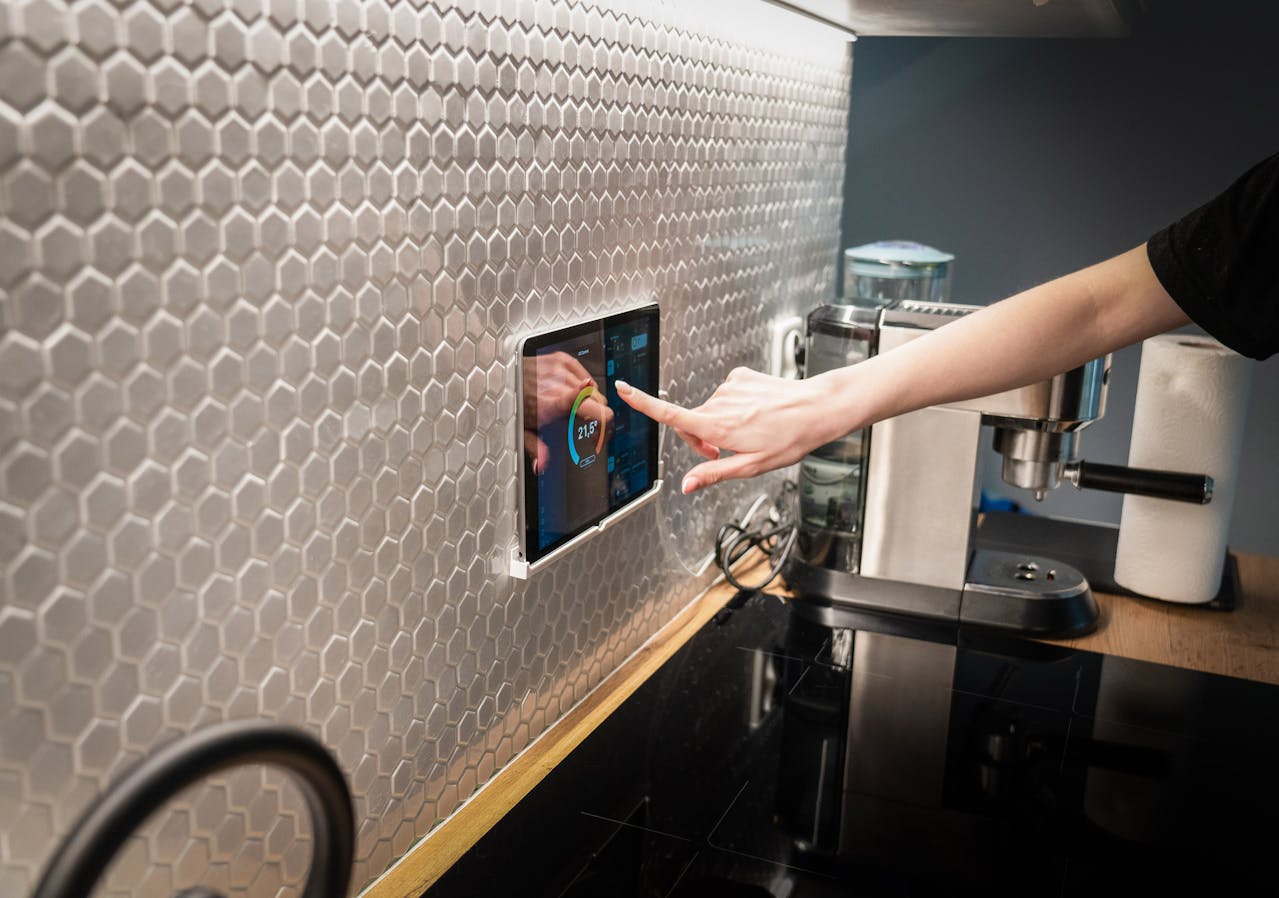Electricity bills can often come as a surprise, with charges that seem to rise higher and higher each month. We all rely on electricity to power our homes, but many of us don’t realize how much energy we’re wasting by using certain items inefficiently. While some appliances are essential for daily life, they can also be major contributors to your energy consumption. The good news is that by identifying these energy-hungry devices and making simple changes, you can significantly lower your electricity bill. In this article, we’ll explore 11 common items that hike up your electricity bill and provide practical solutions to avoid unnecessary energy consumption.
1. Air Conditioners
Air conditioners are one of the biggest energy consumers in most homes, especially during the summer months when they’re used regularly. Cooling your entire home or even just a single room requires a significant amount of electricity. When an air conditioner is not used efficiently, it can quickly drive up your electricity costs. To reduce energy consumption, ensure that your AC unit is regularly serviced and cleaned. Dirty filters and blocked vents make your AC work harder, consuming more energy. Additionally, consider using a programmable thermostat to adjust the temperature when you’re not home or while you’re sleeping. Raising the temperature by a few degrees can make a huge difference in your monthly bill. You can also seal gaps around windows and doors to prevent cool air from escaping, ensuring your AC works more efficiently.
2. Electric Water Heaters
Water heaters are responsible for providing hot water for showers, washing dishes, and other household tasks, but they can also be a major drain on your electricity bill. Heating water uses a lot of energy, especially if the temperature is set too high. If your water heater is set to a high temperature, it will constantly use more energy to maintain that heat. To reduce your water heating costs, lower the thermostat on your water heater to 120°F (49°C), which is typically sufficient for most household needs. If you have a tank-style water heater, consider insulating the tank and the pipes to prevent heat loss. This will help maintain the temperature for longer, reducing the need for your heater to constantly turn on.
3. Refrigerators and Freezers
Refrigerators and freezers run 24/7, making them one of the largest contributors to your electricity consumption. While these appliances are essential, older models tend to consume far more energy than newer, energy-efficient models. To reduce energy consumption, check that your fridge is set to the optimal temperature—37°F (3°C) for the refrigerator and 0°F (-18°C) for the freezer. Regularly clean the coils on the back of the fridge to ensure it’s running efficiently. If your refrigerator is over 10 years old, it might be worth upgrading to a more energy-efficient model, as modern refrigerators use much less electricity. Additionally, avoid leaving the fridge door open for extended periods, as this causes the appliance to work harder to maintain the desired temperature.
4. Clothes Dryers
Clothes dryers are incredibly convenient, but they are also one of the biggest energy consumers in the home. The high heat required to dry clothes can consume a lot of electricity, especially if you use the dryer frequently or for small loads. To reduce energy consumption, try air-drying clothes when possible, especially during warmer months. If you do need to use the dryer, always dry full loads and clean the lint filter before every cycle to improve efficiency. Consider switching to a dryer with a moisture sensor, which will automatically stop the cycle when your clothes are dry, preventing unnecessary energy use. Additionally, avoid over-drying clothes, as this wastes energy and can shorten the lifespan of your clothes.
5. Lighting
Lighting is an essential part of any home, but inefficient lighting can quickly add up on your electricity bill. Traditional incandescent bulbs are particularly energy-hungry, consuming more power and burning out faster than energy-efficient alternatives. To reduce your lighting costs, switch to LED or CFL bulbs, which use up to 80% less energy and last much longer than incandescent bulbs. Additionally, make it a habit to turn off lights when you leave a room, and take advantage of natural daylight whenever possible. Installing motion sensors in areas like hallways or bathrooms can also ensure that lights are only on when needed. By making these simple changes, you can significantly reduce your lighting-related energy consumption.
6. Television and Entertainment Systems
Televisions, gaming consoles, and home entertainment systems can consume a surprising amount of electricity, especially if they are left on standby mode or run for extended periods. While it’s easy to leave electronics on when you’re not using them, this standby power, also known as “vampire power,” can add up over time. To save energy, make sure to turn off your TV, gaming consoles, and other entertainment devices when not in use. Unplugging devices or using a power strip to turn off multiple electronics at once can help eliminate standby power. Additionally, consider upgrading to energy-efficient models, such as LED TVs or smart TVs with energy-saving settings, which use less power than older models.
7. Dishwashers
Dishwashers are another appliance that can consume a significant amount of electricity if not used efficiently. While they are convenient, many dishwashers use a lot of water and electricity, especially when running partial loads or using the heated drying cycle. To reduce energy consumption, only run your dishwasher when it’s full to maximize efficiency. Choose the eco-friendly wash cycle, which uses less water and energy, and skip the heated drying cycle by allowing your dishes to air-dry instead. If you don’t have a dishwasher, washing dishes by hand with a small amount of water can be more energy-efficient than using an electric dishwasher.
8. Space Heaters
Space heaters are often used to warm individual rooms or smaller areas, but they can be a major drain on your electricity bill. While they may seem like an easy solution for staying warm, space heaters tend to use a lot of power, especially if used frequently. To avoid excessive costs, use space heaters only in rooms where you spend the most time. Ensure the heater is the appropriate size for the room, as an undersized heater will need to work harder to heat the space. Additionally, keep windows and doors closed to prevent heat from escaping, and use a timer to turn the heater off after a set period. For long-term savings, consider upgrading to a more energy-efficient heating system, such as a heat pump or a central heating system with a programmable thermostat.
9. Computers and Laptops
Computers, especially desktop models, can be significant energy consumers, particularly when left running for long periods. Many people leave their computers on overnight or forget to turn them off, which wastes electricity. To reduce power consumption, turn off your computer when not in use or use power-saving settings, such as sleep or hibernate mode, to conserve energy. Laptops generally consume less power than desktops, so if you’re looking for a more energy-efficient option, consider switching to a laptop for everyday tasks. If you need to leave your computer on for work or other reasons, try using a smart power strip to cut off power when it’s not needed.
10. Microwaves
Microwaves are a quick and convenient way to heat food, but they are also energy-intensive appliances. The high power required to cook food in a microwave can cause a spike in your electricity bill, especially if used frequently. To reduce energy consumption, use the microwave for small tasks, such as reheating leftovers or defrosting frozen food, rather than for large meals. When cooking larger dishes, consider using the stove or oven, which may be more energy-efficient. Additionally, keep your microwave clean to ensure it operates efficiently, as a dirty appliance can consume more energy than a clean one.
11. Smart Devices and Home Automation Systems
Smart devices, such as voice assistants, smart thermostats, and home automation systems, are becoming increasingly popular in modern homes. While they offer convenience and energy-saving features, they can also increase your electricity bill if not managed properly. Many smart devices remain plugged in and consume energy even when they’re not actively being used. To avoid unnecessary energy consumption, make sure to turn off or unplug devices when they’re not in use. Most smart devices have energy-saving modes that can help reduce power usage, so be sure to take advantage of these features. Additionally, set up routines or schedules for devices like smart thermostats and lights to ensure they’re only active when necessary.
Final Thoughts
Managing your electricity bill doesn’t have to be difficult. By being mindful of the appliances and devices that consume the most energy, you can make small changes that lead to big savings. From adjusting the thermostat on your air conditioner to switching to energy-efficient lighting, every step you take will help lower your electricity costs and reduce your environmental impact. Start implementing these energy-saving strategies today, and watch your electricity bill shrink over time. Not only will you save money, but you’ll also contribute to a more sustainable future.

